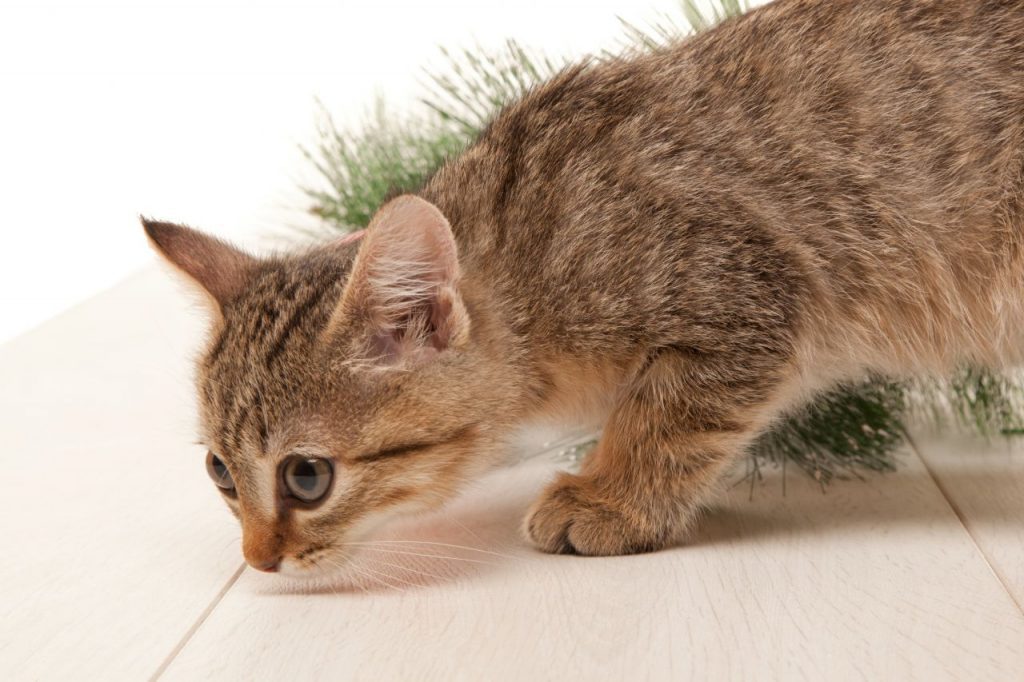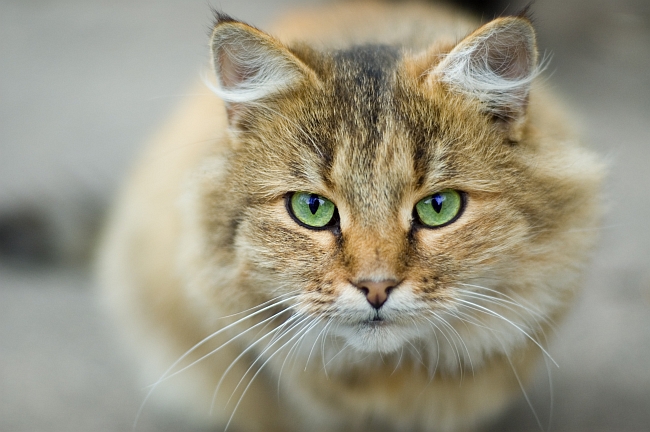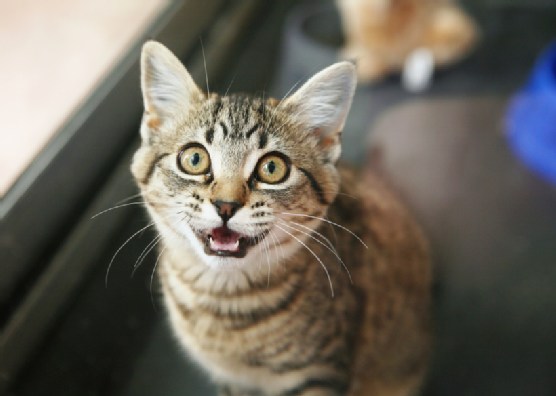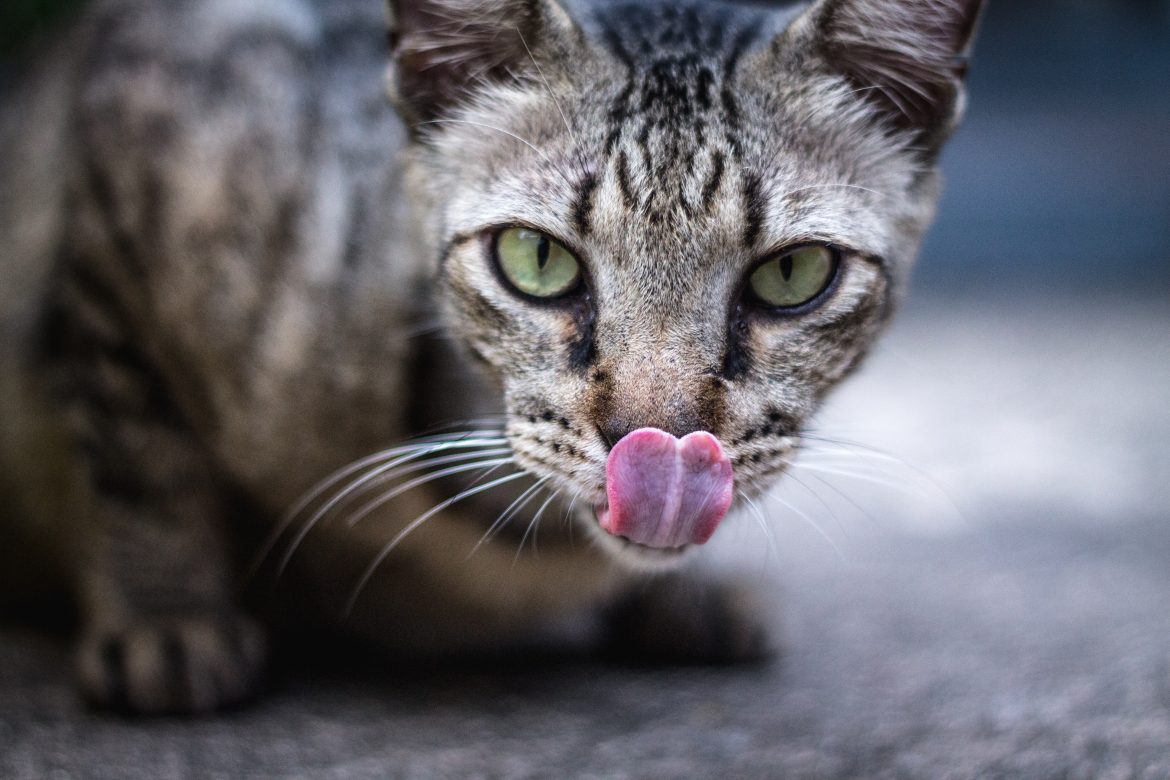Cats have their own language – they use mainly body language to communicate. However it often happens that people, based only on their own intuition, misinterpret the behavior of their cats. And still good communication is the basis of every successful relationship – also with your pet. That is why today we reveal the introduction of Cattish-English dictionary!
Cats can communicate – they use body language. However, people very often misinterpret signals sent by animals. This is because people tend to read animal behavior like their human and match it to human ways of expressing emotions. We also often give cats human features – we consider them lazy, jealous or capricious. Meanwhile, cats are a completely different, unique species, with different expression and needs than us. However they can adapt to live with people – they use their cat’s language to achieve their goals.
Scientists have been studying cat communication for years. Thanks to this, we now know what cats are trying to tell us – however this knowledge is not commonly known yet.

Your pet’s ancestors
Domestic cats evolved from an African wild cat, who was a loner type. He rarely interacted with his own species, more often he was meeting other animals. The life of a wild cat limit itself to avoiding danger. So he didn’t need a complicated communication system.
During the process of domestication, the most important thing was the cat’s appearance, not the level of sociability.
According to researchers, this may mean that although domestic cats are able to create a bond with a human, their communication skills are not very different from the language used by wild cats.
Cat’s face is created so that no changes in expression can be seen on it – this is because they have less facial muscles than, for example, dogs that have always been a social species.
The construction of cat brains is also important – they are quite small, compared to the rest of the cat’s body. Therefore, the cat’s perception of the world is probably much simpler than the human one.
What does your cat say?
The cats’ communication tool is their body – especially the ears, eyes, tail and mustache. Also important are the subtle movements of the face, the sounds made by the cat and their smell signals. Cats direct their communication mainly to other animal species.
For this reason, cat communication focuses primarily on controlling distance from other beings, facilitating interaction, and when appropriate – expressing intentions and emotions. Cats do this using several methods:
- olfactory
- visual
- vocal
The choice of method depends on the situation in which the cat is.
Olfactory communication
Cat’s sense of smell is very sensitive – much more than human. And they use it not only for hunting but also to communicate. Leaving their scent, they can send a message to other cats. They use it also to mark their presence in a given area. Thanks to this, other cats will know that the hunting ground is already occupied, which stops them from physical confrontation.

Cat scent glands are located on the chin, lip corners, base of tail, paws pads and temples. Thanks to this, cat can leave scent marks in places other cats can pass and feel it. Scent marks can contain information not only about the presence of a given cat in a specific place, but also about his emotional state.
Cats also use urine and feces to communicate with other representatives of their species.
Scent is the most important tool of feline communication.
Visual communication
Changes in body weight, different posture, blinking, licking, sniffing or even yawning – these are basic elements of cats’ visual communication. It also includes ear, tail and mustache movements, muscle strain, miosis and mydriasis (changes in pupil diameter).
These signals depend on the type of relationship with the other cat and the particular situation.
A close bond is demonstrated by raised tail, rubbing and nose touching. And when cat sleeps with or clean (lick) somebody it means very strong, close relationship.

Also cats use body language to avoid physical contact with strangers. Then the cat’s tail is most often lowered and rolled up, and the ears are tightened close to the head. If this does not help, the cat prepares for defense – squats, or lies on its back with legs ready to attack.
Vocal communication
This communication is used mainly by kittens and their mothers. However, it also appears during a confrontation or inciting sexual partners (mating calls). Each kitten has its own distinctive call, thanks to which his mother can identify him. Adult cats use vocal communication to express their intentions. Hissing and growling are performed with an open mouth – they indicate aggression.

Okay, but how do cats communicate with us – their Caregivers?
It is really worth getting to know some cat habits and learning cat’s language to better understand your pet. If the cat feels good in your presence, he will come closer to you with his tail raised. He can also jump on our lap or expose his belly.
Interpretation of purring is a bit more complicated – cats do it not only when they are happy, but also when something disturbs them. Domestic cats have also developed a special purring that indicates that they want something from us. Such sound has a higher frequency – which gives it a higher degree of urgency.
Also, cats purrs in a certain way to attract our attention.
Remember!
Observe and try to speak cat language – this will definitely create closer relationship between you two.




